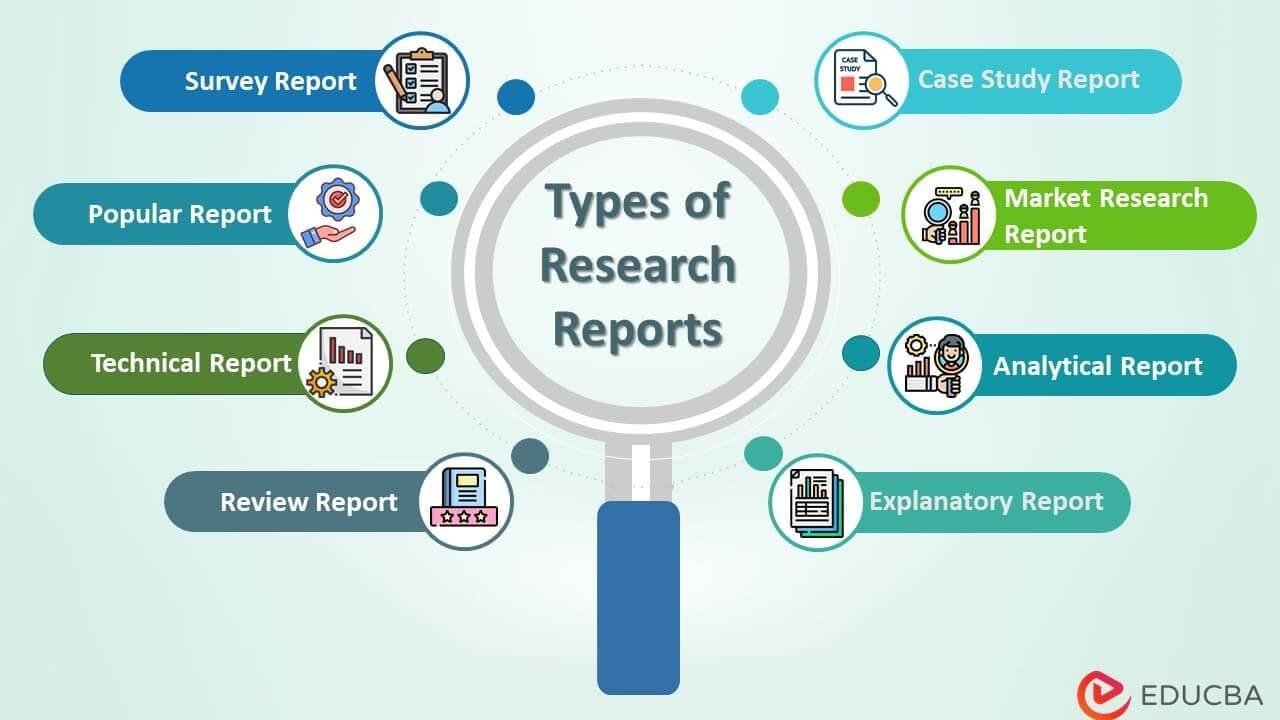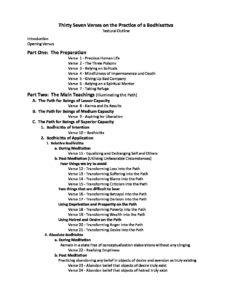research report apa 7 format

In the realm of academic writing, clarity and structure are paramount, particularly when it comes to research reports. As scholars endeavor to communicate their findings effectively, adhering to established formatting guidelines becomes essential. The APA 7 format, developed by the American Psychological Association, is a widely respected style that provides a cohesive framework for organizing and presenting written work. This format not only helps authors maintain consistency but also aids readers in navigating complex information with ease. In this article, we will explore the intricacies of crafting a research report in APA 7 format, offering insights into its key components—from title pages to reference lists—ensuring that your scholarly contributions resonate with precision and professionalism. Whether you are a seasoned researcher or a novice writer, understanding the nuances of APA 7 can significantly enhance the impact of your work.
Understanding the Core Principles of APA 7 Format for Research Reports
When working with the APA 7 format, it’s essential to grasp its fundamental components to produce a polished research report. This format emphasizes clarity and conciseness, ensuring that readers can easily navigate the document. Key features include:
- Title Page: Include the title, author’s name, and institutional affiliation centered in the upper half of the page.
- Abstract: A brief summary (150-250 words) that encapsulates the paper’s key points, placed on a new page.
- Headings: Use a structured heading system to organize your content clearly, facilitating easy reference.
In-text citations and references are pivotal in APA style, as they lend credibility to your work and acknowledge original sources. When citing, adhere to specific guidelines regarding the author-date format, ensuring consistency throughout your report. The reference list at the end of your document should be formatted with a hanging indent, including entries that reflect the sources cited within the text. Here’s a simplified representation of common citation formats:
| Source Type | Format |
|---|---|
| Book | Author, A. A. (Year). Title of the book. Publisher. |
| Journal Article | Author, A. A. (Year). Title of the article. Title of the Journal, Volume(Issue), pages. |
| Website | Author, A. A. (Year, Month Date). Title of the page. Website Name. URL |

Crafting a Structured Outline to Enhance Clarity and Cohesion
Creating a structured outline is essential for crafting a coherent research report in APA 7 format. By organizing your thoughts and findings prior to writing, you can ensure that your report flows logically and maintains the reader’s interest. Begin by defining your main headings, which typically include sections such as Introduction, Method, Results, and Discussion. Under each heading, develop subheadings that allow you to break down complex ideas into digestible parts. For example, under the Method section, you might include subheadings like Participants, Procedures, and Data Analysis. This approach not only enhances clarity but also helps you avoid redundancy, as each subheading serves a distinct purpose in your narrative.
Utilizing bullet points or numbered lists can also effectively convey points succinctly. When highlighting the significance of your research, consider outlining the key contributions to the field in a clear format. Here’s a simple table layout for displaying your research contributions:
| Contribution | Description |
|---|---|
| Innovative Methods | Introducing new techniques for data collection. |
| Comparative Analysis | Analyzing previous studies for stronger conclusions. |
| Broader Implications | Discussing the impact on policy and practice. |
This structured format not only enhances the readability of your report but also guides your audience through your research in a logical manner, reinforcing the significance of your work.

Navigating In-Text Citations and Reference Lists with Ease
In the realm of academic writing, effectively incorporating in-text citations and reference lists is crucial for maintaining credibility and ensuring the integrity of your research. When using the APA 7 format, the in-text citations are streamlined and straightforward, typically consisting of the author’s last name and the publication year. For example, a sentence might read: “Recent studies have shown significant results (Smith, 2022).” To pinpoint specific data, including page numbers makes your references even more precise, such as (Johnson, 2020, p. 55). This structured method not only aids the reader in locating your sources but also elevates your academic writing by showcasing thorough research practices.
Creating an organized reference list is equally important and can be achieved with a few simple guidelines. Each entry should follow the format prescribed by APA, emphasizing the author’s name, publication year, title of the work, and source. Below is a sample structure to illustrate this:
| Author | Year | Title | Source |
|---|---|---|---|
| Smith, J. | 2022 | Understanding Modern Research | Academic Journals |
| Johnson, L. | 2020 | Statistical Analysis Techniques | Data Science Press |
a well-crafted reference list and meticulous in-text citations not only enhance the readability of your report but also affirm the importance of proper attribution in scholarly work.

Elevating Your Research Report: Presentation Tips and Common Pitfalls to Avoid
“`html
To ensure your research report resonates with your audience, focus on clarity and organization. Use headings and subheadings to guide readers through your content logically. Incorporating visual elements, such as charts and graphs, can effectively illustrate your findings and enhance comprehension. Consider these essential tips for a polished presentation:
- Consistent formatting: Align your text and visuals in compliance with APA 7 guidelines.
- Quality visuals: Ensure graphs and tables are clearly labeled and easy to read.
- Engaging delivery: Practice presenting to maintain a steady pace and elaborate on key points dynamically.
However, several common pitfalls can diminish the impact of your research report. Overloading your text with jargon can alienate readers, so strive for simplicity and accessibility without sacrificing depth. Avoid these mistakes:
- Lack of citations: Failing to properly credit sources can lead to plagiarism and undermine your credibility.
- Neglecting proofreading: Grammatical errors can distract from your arguments, distracting your audience from essential insights.
- Ignoring feedback: Incorporating peer reviews and constructive criticism can significantly enhance the quality of your final document.
“`
In Conclusion
mastering the APA 7 format for research reports is not merely a matter of adhering to guidelines; it’s about crafting a clear, coherent narrative that effectively communicates your findings. As we’ve explored, the intricacies of this format—from the title page to the references—serve as essential tools for elevating your work and ensuring your contributions to the academic community are taken seriously. By embracing these standards, you not only enhance the readability of your report but also foster a culture of consistency and professionalism in scholarly discourse. As you embark on your writing journey, remember that each properly formatted page is a step toward making your voice heard in the vast landscape of research. Happy writing!




